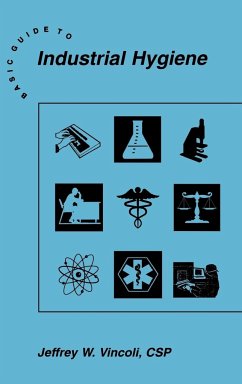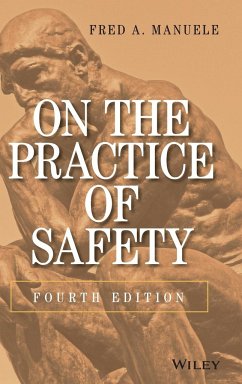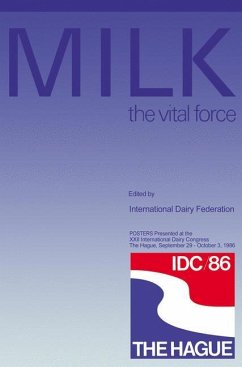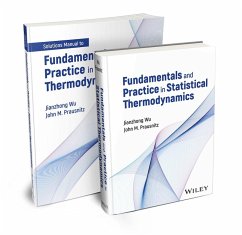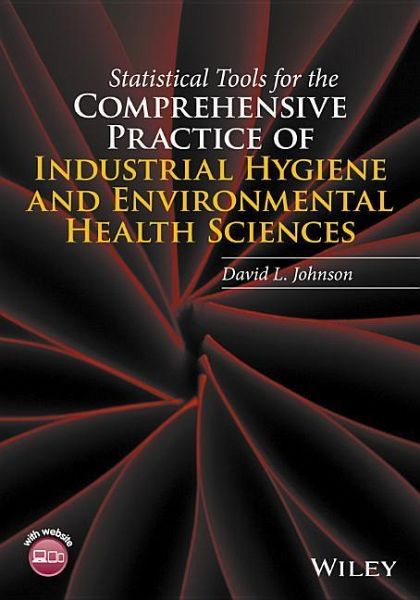
Statistical Tools for the Comprehensive Practice of Industrial Hygiene and Environmental Health Sciences
Versandkostenfrei!
Versandfertig in über 4 Wochen
90,99 €
inkl. MwSt.
Weitere Ausgaben:

PAYBACK Punkte
45 °P sammeln!
Reviews and reinforces concepts and techniques typical of a first statistics course with additional techniques useful to the IH/EHS practitioner The occupational health, safety, and environmental science fields are data-intensive. Industrial hygiene and environmental health sciences (IH/EHS) professionals spend a lot of their time measuring things, and do so with the goal of answering a specific question. How they go about the measurements - the what, when, where, who, and how of the measurements - is driven by the why. That is, by the question they are trying to answer. However, the data alwa...
Reviews and reinforces concepts and techniques typical of a first statistics course with additional techniques useful to the IH/EHS practitioner The occupational health, safety, and environmental science fields are data-intensive. Industrial hygiene and environmental health sciences (IH/EHS) professionals spend a lot of their time measuring things, and do so with the goal of answering a specific question. How they go about the measurements - the what, when, where, who, and how of the measurements - is driven by the why. That is, by the question they are trying to answer. However, the data always has some uncertainty because of measurement variability, and statistics helps the user see through the fog of uncertainty in order to draw accurate inferences about what is being measured. Most undergraduate and graduate programs in industrial hygiene and environmental health sciences recognize the value of statistical tools, and require an introductory statistics course. Additional statistical tools and techniques - beyond those usually covered in a basic course - are typically needed. Statistical Tools for the Comprehensive Practice of Industrial Hygiene and Environmental Health Sciences reviews and reinforces the concepts and techniques typical of a first statistics course, and supplement them with additional graphical and non-parametric techniques that may be particularly useful to the IH/EHS practitioner. Organized into nine chapters Statistical Tools for the Comprehensive Practice of Industrial Hygiene and Environmental Health Sciences features: * Techniques for displaying data, descriptive statistics, and data frequency distributions in various tabular and graphical formats * Reviews parametric two-sample comparison techniques and introduces their non-parametric equivalents * Techniques for assessing the likelihood of exposures in the upper tail of the distribution of potential exposures * One-way parametric analysis of variance (ANOVA) and presents the non-parametric equivalent one-way ANOVA * Two-way ANOVA and presents the non-parametric equivalent two-way ANOVA * Parametric correlation analysis and regression analysis, including multiple regression and model-building * Applications of the Chi-square test to frequency data, and introduces Fisher's Exact Test * Application of Poisson probability based techniques, including comparison of two Poisson variables Students in industrial hygiene, safety, safety engineering, environmental engineering, environmental health, environmental sciences, and similar programs, and graduates of these programs who are already practicing professionals will benefit from the techniques covered in this text. Analysis using the readily available Excel(R) statistical functions is emphasized, so that special statistical software and programming expertise are not required.




